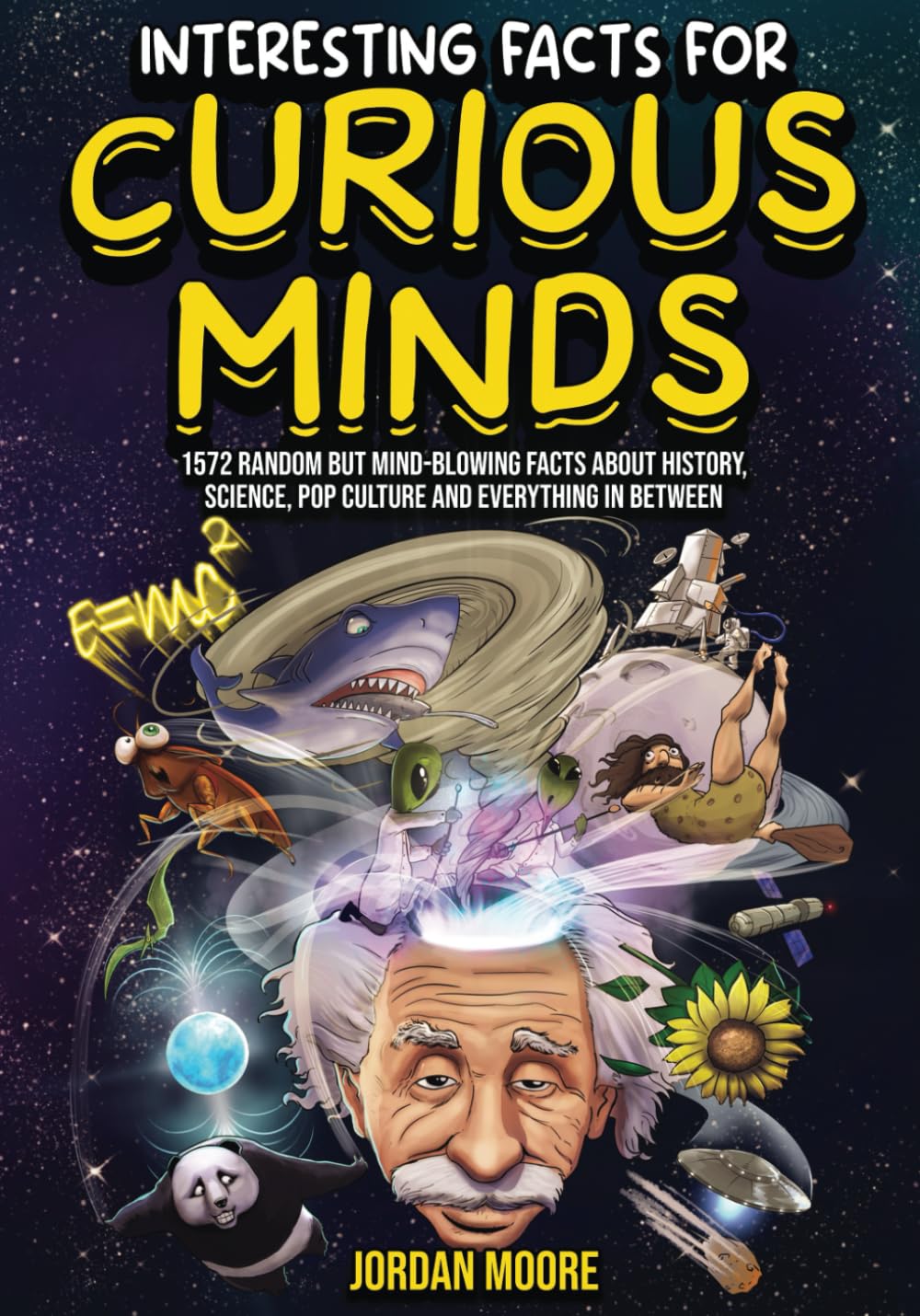
Interesting Facts For Curious Minds: 1572 Random But Mind-Blowing Facts About History, Science, Pop Culture And Everything In Between
All About Energy
byAll About Energy highlights the diverse and evolving sources of power that fuel our modern world. Natural gas is the leading source of electrical power in the United States, accounting for 38% of the country’s electricity in 2021. This significant reliance on natural gas continues in 19 states, where it remains the top source of energy. On the other hand, renewable energy sources, such as solar, wind, and biofuels, are increasingly being incorporated into the global energy mix, though they still account for only a small fraction of overall energy consumption. Despite the rising popularity of green energy initiatives, solar power, for instance, still makes up only 0.003% of global energy use, demonstrating the challenges involved in transitioning to fully sustainable energy systems. The balance between maintaining current energy demands and shifting to cleaner alternatives is one of the biggest challenges facing the energy sector today.
Wind energy, with its soaring turbines that can rise over 300 feet tall, exemplifies one of the major technological advances in renewable power generation. Modern wind turbines are far more sophisticated than the simple windmills of the past, incorporating up to 3,000 parts that work together to harness wind energy efficiently. These turbines have become a prominent feature in many countries’ renewable energy infrastructure, particularly in regions with strong wind currents. Similarly, biomass energy, which is derived from plant-based materials like wood or agricultural waste, has emerged as a viable option for reducing dependence on fossil fuels. Even animal and human waste, particularly in the form of methane, can be converted into usable energy, further contributing to sustainability efforts. By tapping into these natural resources, countries are finding ways to balance energy needs with environmental stewardship, though challenges remain in optimizing these systems for broader use.
The global reliance on fossil fuels, however, continues to be a significant obstacle to widespread environmental sustainability. Oil, for instance, still accounts for about 39% of global energy consumption, with developing countries particularly reliant on it for industrial and energy needs. Despite the environmental impact of oil extraction and consumption, it remains a cornerstone of the world’s energy system, particularly for transportation and power generation. Coal, once a dominant source of electricity, has seen a dramatic decline in recent years, particularly in the United States, but still provides about 19% of the country’s energy. In contrast, nuclear power, although controversial, remains the most efficient source of energy for many nations, such as France, where it accounts for over 70% of their electricity. These disparities in energy sources highlight the complexity of achieving energy sustainability, with some regions moving towards renewables while others maintain heavy reliance on traditional fuels.
In addition to traditional and renewable energy sources, there has been significant interest in theoretical forms of energy production. Cold fusion, for example, is a theoretical process that could potentially allow nuclear reactions to take place at room temperature, making it the most efficient and cost-effective form of energy available. While still not realized in practice, cold fusion has captivated the imaginations of scientists and energy experts who are hopeful that it could revolutionize the way we produce power in the future. Similarly, innovations in energy production and storage, such as improved battery technology for solar energy or more efficient wind turbines, are constantly being researched and developed to reduce our reliance on fossil fuels. These advancements, however, face significant technical and economic barriers before they can become viable options for mainstream energy production.
In conclusion, energy production and consumption continue to evolve, with advancements in both renewable sources and traditional methods contributing to a complex global energy landscape. While natural gas, oil, and coal remain dominant sources of energy, renewable energy sources like wind, solar, and biomass are steadily gaining ground. The balance between environmental responsibility and the growing demand for power remains a central issue, and future innovations such as cold fusion may hold the key to resolving these challenges. As nations continue to diversify their energy portfolios, the future of global power generation seems to hinge on developing cleaner, more efficient technologies that can meet the world’s energy needs without further harming the environment. The ongoing research and development in the energy sector are critical to shaping a more sustainable future for generations to come.

